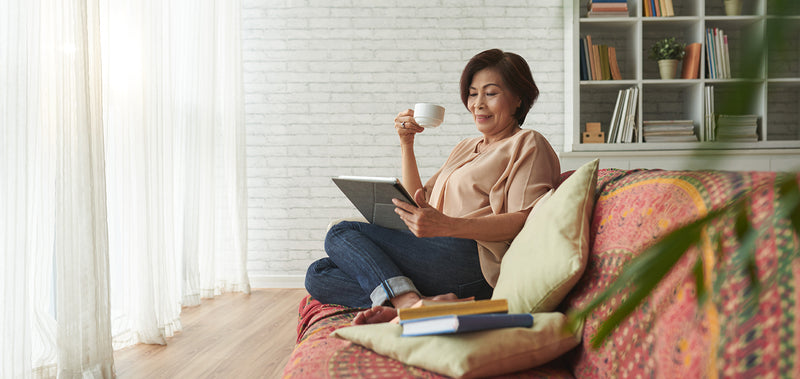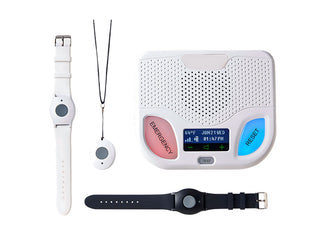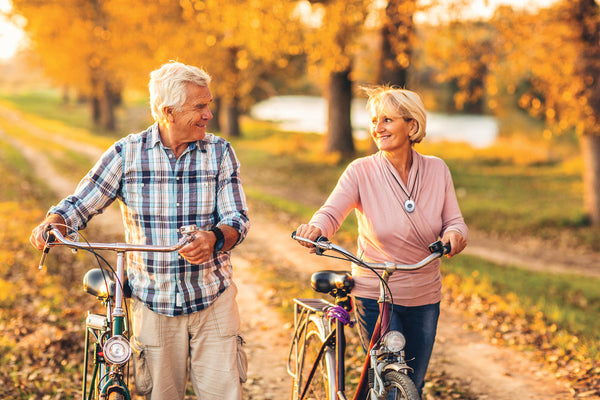Living Your Best Life
Creating a Safe Haven: Essential Home Modifications for Senior Citizens

As we age, our homes should be a sanctuary where safety and comfort take precedence. Making simple modifications to our living spaces can significantly enhance the safety and well-being of senior citizens. By creating an environment that minimizes hazards and promotes independence, seniors can enjoy their homes with peace of mind. In this comprehensive article, we will explore essential home modifications and practical tips to make your home safe and suitable for senior living. From improving accessibility to preventing accidents, let's embark on a journey to transform your home into a secure haven for your golden years.
Assessing Home Safety Needs
Before implementing any modifications, it is crucial to conduct a thorough assessment of your home's safety needs. This section will provide guidance on identifying potential hazards and determining the specific areas that require attention. From evaluating lighting conditions to examining stairways and bathroom safety, a comprehensive assessment will lay the foundation for effective home modifications.
Enhancing Accessibility and Mobility
Improving accessibility is essential to ensure that seniors can navigate their homes safely and independently. This section will focus on modifications that enhance mobility, including:
- Installing grab bars and handrails: Adding sturdy grab bars and handrails in key areas such as bathrooms, stairways, and hallways can provide stability and support.
- Widening doorways and hallways: Expanding doorways and hallways can accommodate mobility aids such as walkers or wheelchairs, ensuring smooth passage throughout the home.
- Installing ramps and lifts: Installing ramps and lifts can eliminate the need to navigate stairs, allowing seniors with mobility challenges to move freely between different levels of their homes.
Creating a Fall-Prevention Strategy
Falls are a significant concern for seniors, but with proper modifications and precautions, they can be minimized. This section will cover fall prevention strategies, including:
- Removing tripping hazards: Clearing clutter, securing loose rugs, and ensuring even flooring surfaces can prevent tripping accidents.
- Installing non-slip flooring: Adding non-slip surfaces to bathrooms, kitchens, and other high-risk areas can reduce the likelihood of slips and falls.
- Improving lighting: Installing adequate lighting throughout the home, including stairways, hallways, and outdoor areas, can enhance visibility and prevent accidents.
Bathroom Safety Modifications
Bathrooms are areas where many accidents occur, but simple modifications can make them safe and accessible for seniors. This section will cover bathroom safety modifications, such as:
- Installing walk-in showers or tubs: Replacing traditional bathtubs with walk-in showers or tubs eliminates the need to step over high ledges, reducing the risk of falls.
- Adding hand-held showerheads: Hand-held showerheads provide flexibility and ease of use for seniors with mobility limitations.
- Using raised toilet seats and grab bars: Raised toilet seats and grab bars near toilets provide stability and support when using the restroom.
Kitchen Modifications for Safety and Convenience
The kitchen is another area where seniors spend significant time, and modifications can make it safer and more user-friendly. This section will discuss kitchen modifications, including:
- Adjusting countertop and cabinet heights: Lowering countertop heights and installing pull-out shelves in cabinets can make the kitchen more accessible for seniors with limited mobility.
- Installing anti-scald devices: Anti-scald devices on faucets can prevent burns from hot water and maintain a safe water temperature.
- Using easy-to-read labels and organized storage: Clearly labeled and easily accessible storage can help seniors locate items without strain or confusion.
Smart Home Technology for Safety and Assistance
Advancements in technology offer a range of solutions for senior safety and assistance. This section will explore smart home technology options, including:
- Personal emergency response systems (PERS): PERS devices, such as wearable alarms or voice-activated systems, allow seniors to call for help in case of emergencies.
- Motion sensor lighting: Motion-activated lights can illuminate pathways and reduce the risk of falls during nighttime.
- Smart home assistants: Voice-activated smart home assistants can assist seniors with various tasks, such as setting reminders, playing music, or making phone calls.
Creating a safe home environment for senior citizens is a vital step in promoting their well-being and independence. By implementing the home modifications and tips discussed in this article, you can transform your home into a secure haven tailored to the specific needs of seniors. From enhancing accessibility and mobility to preventing falls and incorporating smart home technology, every modification contributes to a safer living space. Remember, the goal is to create an environment that fosters comfort, confidence, and peace of mind for seniors as they navigate their golden years in the familiarity of their own homes.







